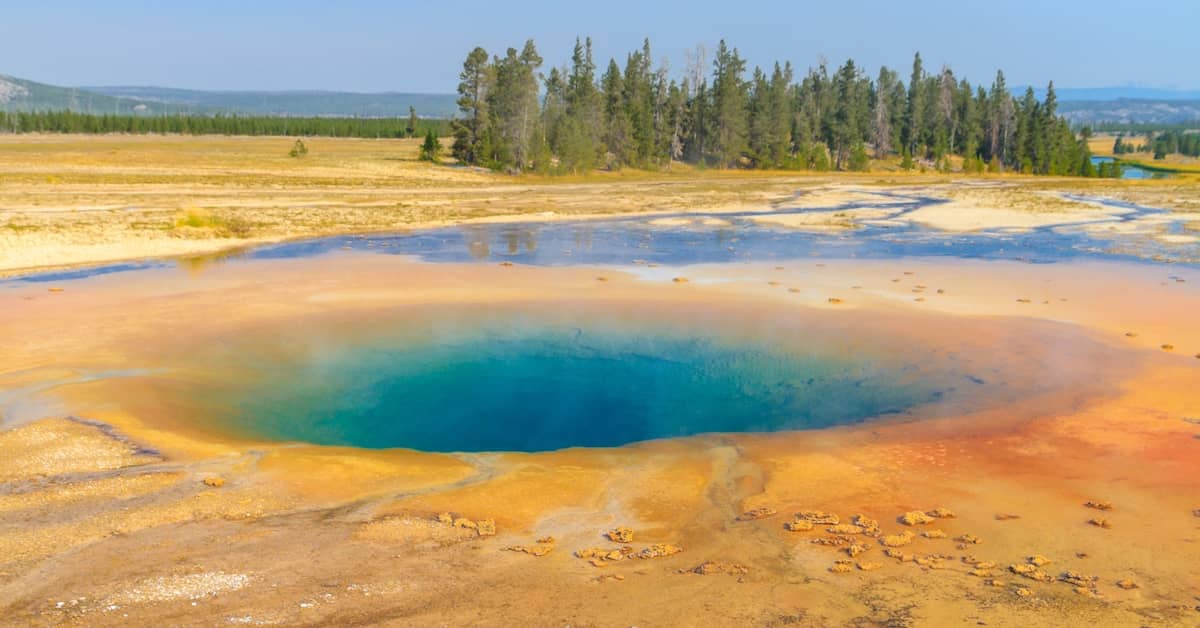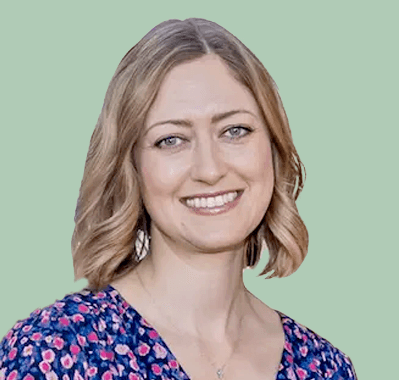
That's not the kind of statement you normally expect to hear from a well-respected scientist.
His colleague didn't hold back either: "We may be able to take a 60-year-old’s cells and make them 40."
That sure got my attention. Here’s the scoop. . .
The discovery by these researchers from Australia only came about because they were curious to know how a living microorganism was able to survive in a very hostile environment.
They never imagined it would develop into a method of turning back the clock of aging.
Same Protein Shared by Ancient Microbes and Modern Humans
The breakthrough came after years of research into a single-cell organism called archaea. The researchers were trying to figure out how these microbes could possibly survive in the underground volcanic pools of Iceland -- pools that froth with boiling sulfuric acid.Professor Ken O'Byrne, consultant medical oncologist, and Associate Professor Derek Richard from Queensland University of Technology, together with their colleagues, discovered that the organism uses a protein to protect and repair its genetic code.
But their real eureka moment came when they found that humans have two copies of exactly the same protein in every cell. It's called human single-stranded DNA-binding protein 1 (hSSB1).
Since archaea and humans are separated by 3½ billion years of evolution, this protein, the scientists believed, must be very important to life if it hung on to its place in the genome for such a long time.
Professor Richard explains that in a normal cell hSSB1 "is like a guardian angel," protecting the DNA. If the DNA gets damaged, the protein rushes to the scene and, together with other proteins, carries out repairs.
In short, it is vital to the integrity of the cell.
Suddenly 20 Years Younger. . .
hSSB1 is connected to many pathways within the body, but the scientists found one that had never previously been discovered. It's a pathway that wields a huge influence on aging.As we get older, the body down-regulates all the different proteins needed to repair DNA, but the Queensland group found a way to manipulate the new pathway so this process is slowed down.
Because all the pathologies of aging such as arthritis, Alzheimer's disease and cancer involve the loss of parts of the genetic code, a treatment that can stop this process by restoring the activity of DNA-repairing hSSB1 could potentially delay or even prevent the onset of these diseases.
The researchers have already developed a drug to do this. Professor Richard describes this as "a lead compound that seems to reverse the aging process. We can make cells believe they're much younger than they actually are."
They would like to develop this into an everyday supplement that everyone can take.
This will take some years, however, as further studies are needed before the first human trials can begin. You can be sure we'll keep you up to date with developments in this exciting story as it unfolds.
